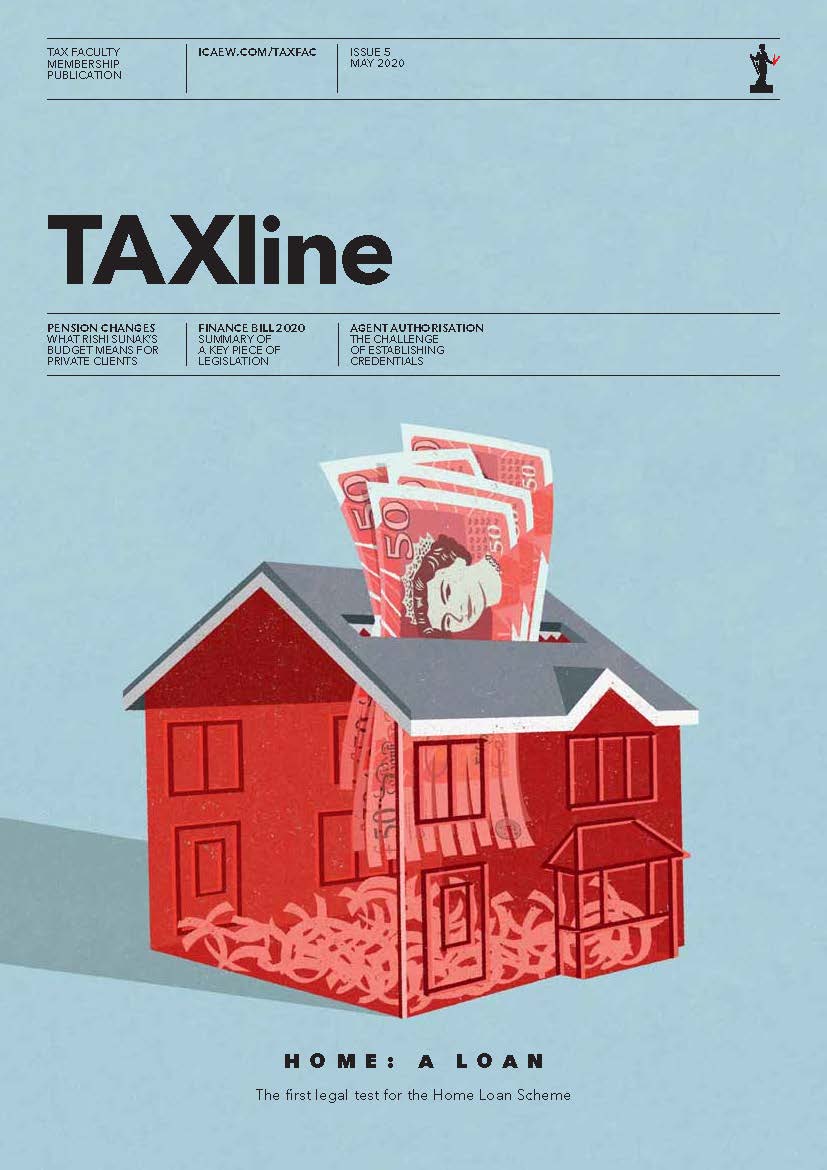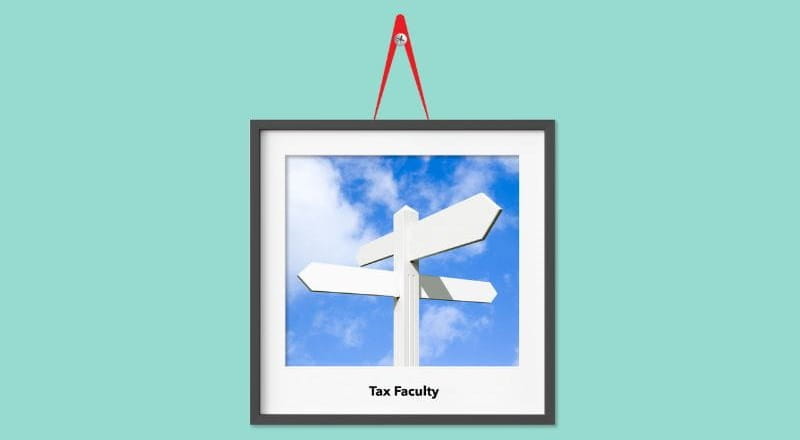Background
The OECD is developing a two-pillar approach to address multinational enterprises (MNEs) exploiting gaps and mismatches between different countries’ tax systems.
- Pillar one seeks to achieve a fairer distribution of profits and taxing rights between countries.
- Pillar two will put a floor on corporate income tax competition by introducing a global minimum rate that countries can use to protect their tax bases.
Pillar two comprises two tax rules:
The first is the Global anti-Base Erosion (GloBE) rule. This consists of a top-up tax for parent entities in respect of low-taxed income of subsidiaries and permanent establishments (referred to as ‘constituent entities’) and this also has two elements: an income inclusion rule (IIR) and an undertaxed payment rule (UTPR).
The second is a treaty-based subject to tax rule (STTR) to prevent companies from avoiding tax on their profit earned in developing countries by making deductible payments such as interest or royalties that benefit from reduced withholding tax rates under tax treaties which are not taxed (or taxed at a low rate) under the tax laws in the treaty partner.
GLoBE model rules
The model rules issued by the OECD on 20 December 2021 define the scope and set out the mechanism for the GloBE rules which will introduce a global minimum corporate tax rate of 15%.
The minimum tax will apply to MNEs with annual revenue above €750m and is estimated to generate around $150bn in additional global tax revenues annually.
The GloBE rules provide for a co-ordinated system of taxation intended to ensure large MNE groups pay this minimum level of tax on income arising in each of the jurisdictions in which they operate. The top-up tax is applied to profits in any jurisdiction whenever the effective tax rate, determined on a jurisdictional basis, is below the minimum 15% rate. The top-up tax is pro-rated among the constituent entities located in that jurisdiction and then charged to the constituent entities liable for any top-up tax in accordance with the rules set out in the detailed document.
The new pillar two model rules will assist countries to bring the GloBE rules into domestic legislation in 2022. They provide for a co-ordinated system of interlocking rules that:
- define the MNEs within the scope of the minimum tax;
- set out a mechanism for calculating an MNE’s effective tax rate on a jurisdictional basis, and for determining the amount of top-up tax payable under the rules; and
- impose the top-up tax on a member of the MNE group in accordance with an agreed rule order.
This means that if the country where the MNE is headquartered does not subject the ultimate parent entity of the MNE group to the primary IIR, another parent entity in the group further down in the ownership chain must apply the IIR under the agreed rule order. If even this does not result in the income of the MNE group being subject to tax at the 15% minimum tax rate, the further backstop of the UTPR kicks in, which ensures the payment of the minimum tax through a denial of deduction or similar mechanism in all the countries where the MNE has a presence.
The pillar two GLoBE model rules also address the treatment of acquisitions and disposals of group members and include specific rules to deal with particular holding structures and tax neutrality regimes. Finally, the rules address administrative aspects, including information filing requirements, and provide for transitional rules for MNEs that become subject to the global minimum tax.
Future developments on pillar two
Early in 2022, the OECD will release commentary relating to the model rules and address how these interact with the US Global Intangible Low-Taxed Income (GILTI) rules. This will be followed by the development of an implementation framework focused on administrative, compliance and co-ordination issues relating to pillar two.
Work continues on the other aspect of pillar two: namely the model provision for a STTR, together with a multilateral instrument for its implementation, to be released in the early part of 2022.
A public consultation event on the implementation framework will be held in February 2022 and on the STTR in March 2022.
Read more:
Tax Faculty
This guidance is created by the Tax Faculty, recognised internationally as a leading authority and source of expertise on taxation. The Faculty is the voice of tax for ICAEW, responsible for all submissions to the tax authorities. Join the Faculty for expert guidance and support enabling you to provide the best advice on tax to your clients or business.
More support on tax
ICAEW's Tax Faculty provides technical guidance and practical support on tax practice and policy. You can sign up to the Tax Faculty's free enewsletter (TAXwire) which provides weekly updates on developments in tax.
Sign up for TAXwireJoin the Tax Faculty


